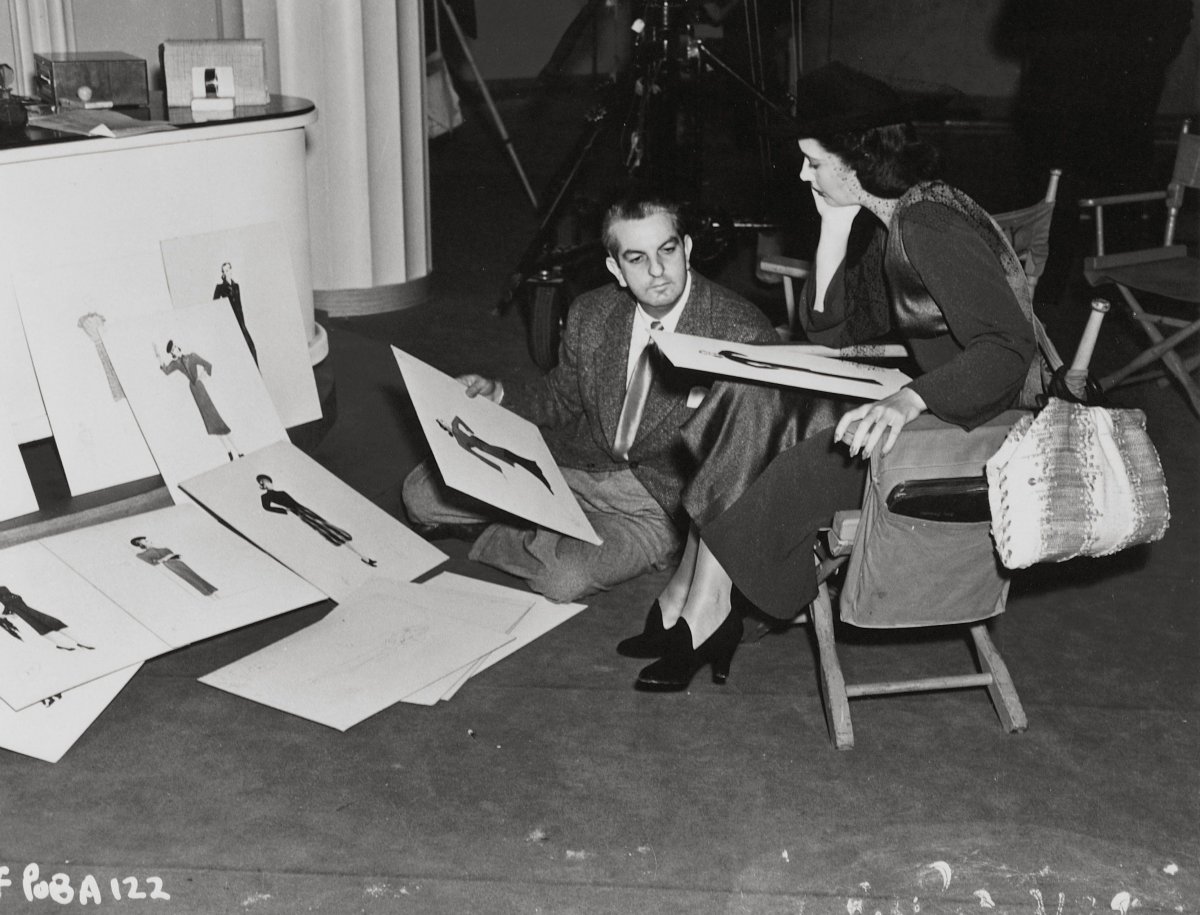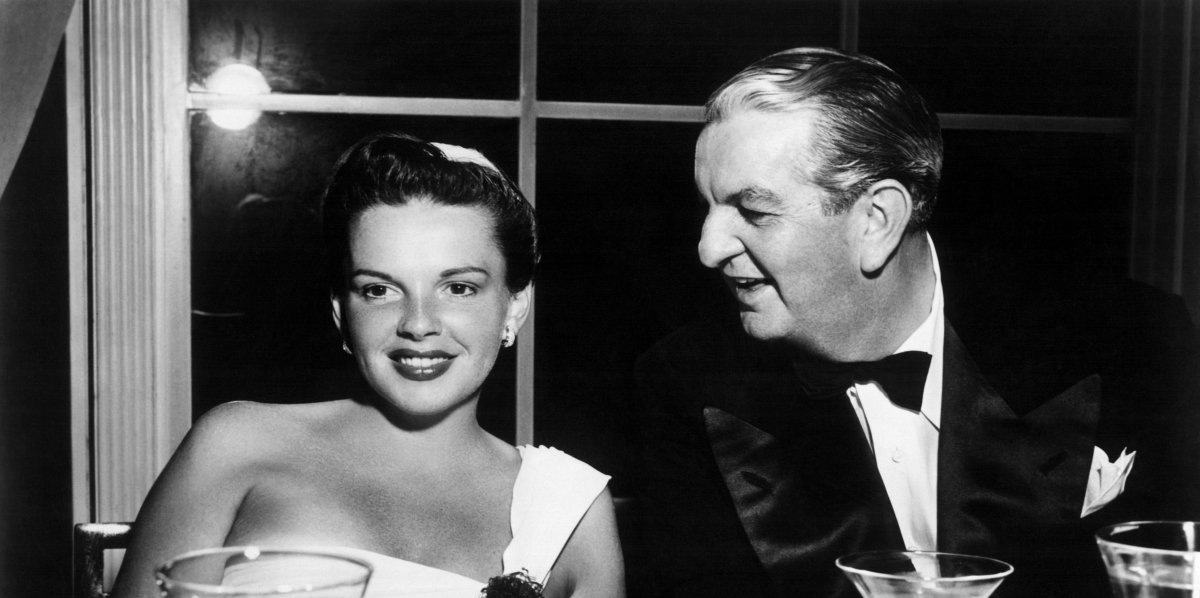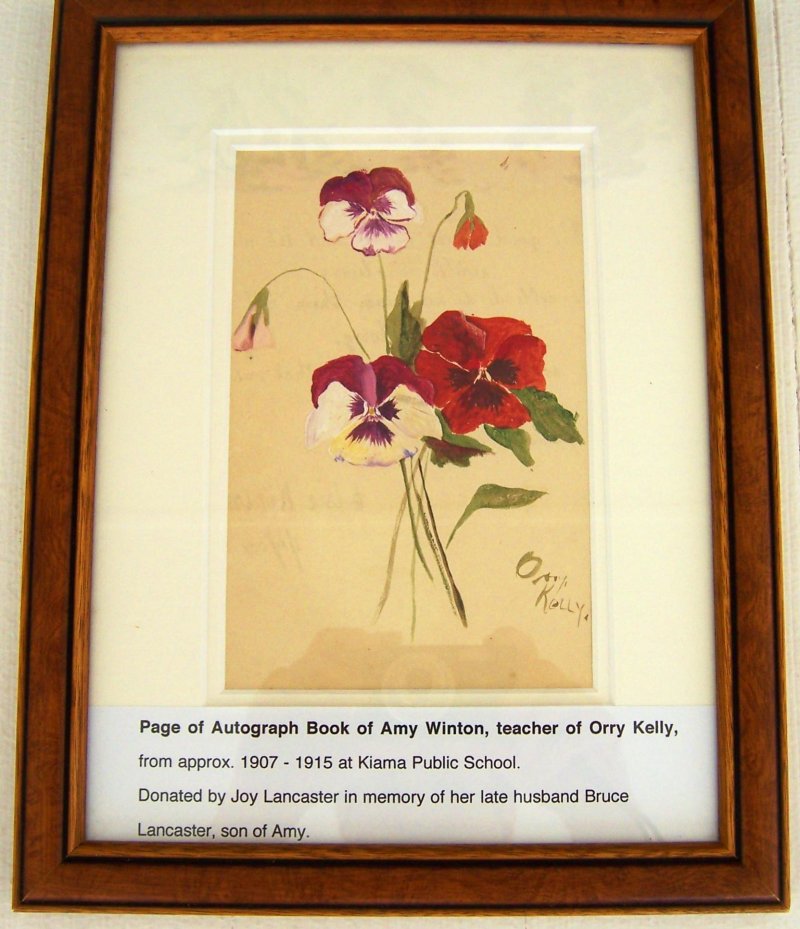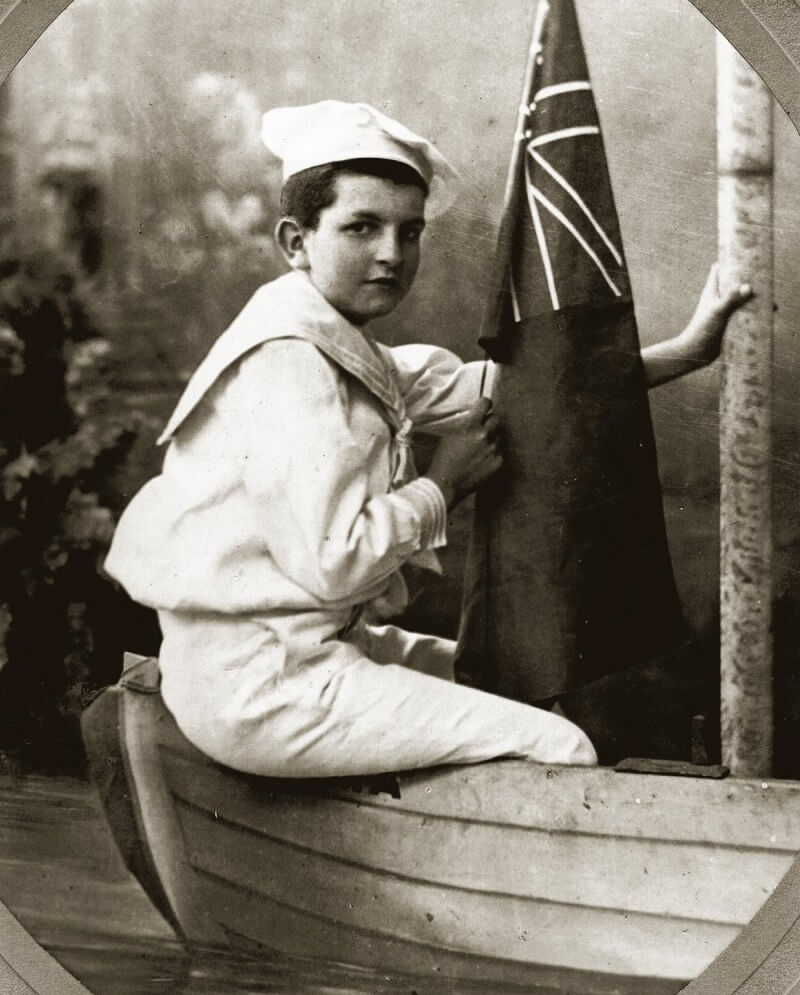Location
To be announced
About Orry-Kelly
Orry-Kelly was a Hollywood costume designer who worked on over 300 films, dressing the most famous actors and actresses during the golden age of Hollywood. His unique approach to costume design saw him win 3 Oscars. He held the title for the most prolific Australian-born Oscar winner for over 50 years.

Orry-Kelly in his design studio, 1937
Orry-Kelly, born Orry George Kelly in Kiama, was the son of a tailor and a socially ambitious mother who took him to Sydney to watch performances of pantomimes. He went to Kiama Public School and Wollongong High before being sent to Sydney at 17 to study banking. However, his passion for theatre led him to New York in 1921.
Despite having no formal training, Kelly put his love for art and storytelling to work on landing in New York, working in set design. A chance encounter with a handsome 22-year-old Englishman, who would later change his name to Cary Grant, would become not only a lifelong mateship but also his key to Hollywood.
Now you see me
In 1931, the pair relocated to Los Angeles. Grant’s agent passed some of Kelly’s sketches to a Warner Brothers executive and suggested he hyphenate his name to give himself a more exotic edge. The tip paid off and, in his first year in costume design for Warner Brothers, he designed dresses for more than 20 movies. In his second year it was more than 40. It wasn’t long before Kelly was the 'go-to guy' for the stars.
Stormy weather
While outwardly Kelly was thriving, behind closed doors he was battling demons. Los Angeles at the time was often described as ‘the most homophobic city in the world’ and those who wanted to work in Hollywood were strongly encouraged to hide their identities. Kelly was already renowned for his tempestuous personality; however, the ongoing struggles with his sexuality, coupled with a lifelong alcohol dependency, exacerbated the issue.
Continual clashes with Warner Bros executives eventually led to Kelly splitting from the studio and embarking on an ill-fated attempt at freelancing, which saw him gradually fade into obscurity. He spent many years as a recluse in the Hollywood Hills, splitting his time between painting and stints in rehabilitation centres.
His lifeline came in 1955 in the form of his close friend and fellow Australian, Dorothy Hammerstein – a designer had dropped out of a big production, and they needed him to step in.
The comeback kid
That big production was Oklahoma!
The film brought Kelly back to prominence. He already had one Oscar for An American in Paris (1951), and he went on to win 2 more for Les girls (1957) and Some like it hot (1959), garnering him the title of most ‘prolific Australian-born Oscar winner’, a title which he held for over 50 years. That title was ceded in 2014 to fellow costume designer Catherine Martin.
By the time of his passing from liver cancer in 1964, Kelly had led the costume design for over 300 films. He had worked on countless Hollywood classics, including 42nd Street, Casablanca and The Maltese falcon. He also dressed all the top stars of the day, from Marilyn Monroe to Bette Davis and Katharine Hepburn. His pallbearers included Grant, Tony Curtis, Billy Wilder and George Cukor.
Orry-Kelly's life and career were like a true Hollywood epic, full of twists and turns. He is remembered as a visionary who brought a unique ethos to his work. He had a deep love for theatre and storytelling, viewing costumes as tools to convey a subliminal message beyond the script.
My concept is that my clothes wrap around the form like smoke. If you do that, you will be ahead of your time.
In 2015, his memoir – found in a pillowcase in his home following his death – was published. It became a documentary film called Women he’s undressed by award-winning filmmaker and fellow Academy Award nominee Gillian Armstrong.
References
- Hughes L (6 November 2024) Orry-Kelly: the unsung star of Kiama and Hollywood, Bugle App, accessed 27 June 2025.
- Maddox G (2015) Stitches in time, Sydney Morning Herald, accessed 27 June 2025.
- Russell S (11 June 2015) Women he’s undressed: Gillian Armstrong on her quest to take the dust covers off a legend, SBS Australia website, accessed 27 June 2025.




